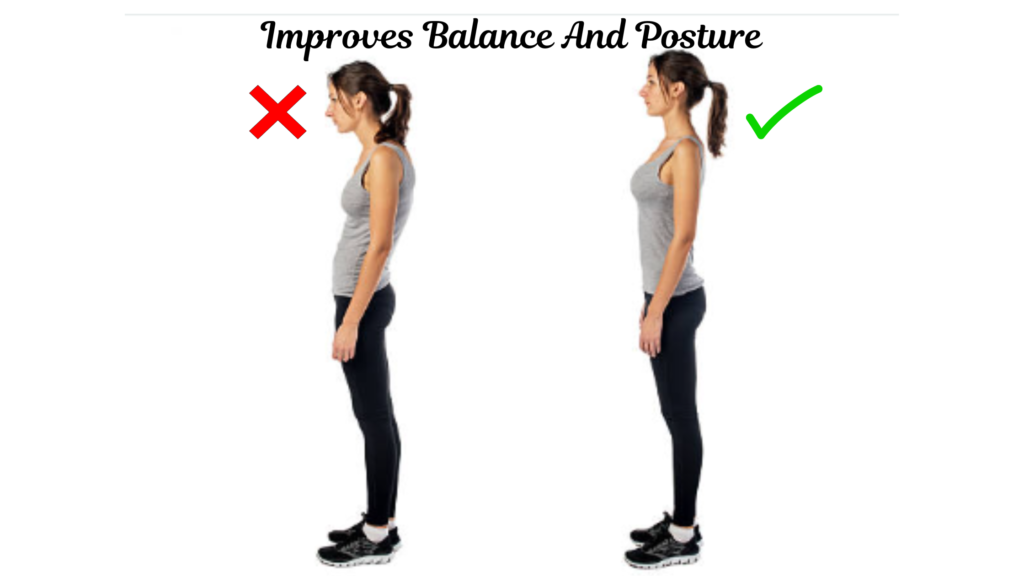Walking is one of the most basic and beneficial forms of exercise, often recommended by health experts for maintaining physical fitness. But have you ever considered walking backward? This unusual method, known as backward walking, can offer some surprising benefits, particularly for those struggling with knee pain or obesity. In this blog post, we’ll dive into the unique advantages of backward walking and how incorporating this practice into your routine can lead to significant improvements in your health.
Table Of Contents
Introduction
Forward walking is something we do every day without much thought. It helps improve cardiovascular health, strengthens muscles, and boosts circulation. However, the idea of walking backward may seem strange to many. Surprisingly, backward walking has been scientifically proven to offer unique benefits, especially for the knees and overall body posture. In fact, it has been shown to alleviate knee pain, reduce the risk of injury, and even promote weight loss.
In this post, we will explore the science behind backward walking and why it should be a part of your daily fitness routine.
What Is Backward Walking?
Backward walking, as the name suggests, is simply walking in reverse rather than forward. While this may seem like a minor variation of regular walking, it actually changes the dynamics of your movement, involving different muscles and joints in ways that forward walking does not.
When you walk backward, the pressure is distributed differently across your body, which can lead to several health benefits. By shifting the focus away from the front part of your legs and knees, backward walking helps to engage the muscles of your calves, hamstrings, and core. This provides a unique workout that can help with rehabilitation and general fitness.
Key Benefits Of Backward Walking
1. Relieves Knee Pain

One of the most significant benefits of backward walking is its ability to relieve knee pain. Many people suffer from knee pain, especially as they age or due to conditions like arthritis. Traditional forward walking can put stress on the knees, causing further discomfort over time.
Backward walking, however, changes the mechanics of movement. The balls of your feet contact the ground first when walking, as opposed to the heel (as in forward walking). This reduces the impact on your knees and provides a more supportive environment for the knee joints. This reversal in pressure can help alleviate knee pain and even prevent it from worsening.
2. Helps With Weight Loss

Backward walking is not just for those with knee pain – it can also be an effective tool for weight loss. When you walk backward, your body burns more calories compared to forward walking due to the added challenge and the engagement of different muscle groups. In fact, walking backward can burn up to 30% more calories than forward walking at the same speed.
This makes backward walking an excellent addition to a weight loss regimen, as it provides a low-impact way to increase calorie burn without the need for intense workouts.
3. Improves Balance And Posture

Since backward walking requires more focus and coordination, it helps improve balance and posture. You have to use your core muscles to stay stable when you walk backward. This strengthens your abdominal and lower back muscles, leading to better overall posture.
Moreover, backward walking can improve proprioception, which is your body’s ability to sense its position in space. This helps reduce the risk of falls and enhances your overall coordination.
4. Enhances Muscle Strength

Unlike forward walking, which mainly engages the quadriceps and calves, backward walking targets the muscles in the back of your legs, including the hamstrings and glutes. This helps improve muscle strength and flexibility in these areas, which can be beneficial for athletes, as well as those recovering from injuries.
The change in muscle engagement also helps reduce the strain on overworked muscles, promoting better overall balance in muscle development.
5. Stimulates Cardiovascular Health

Walking backwards has the same health benefits as walking forwards. By increasing your heart rate, backward walking promotes better circulation and oxygen delivery throughout the body. This helps to enhance lung function and improve overall stamina.
How To Start Backward Walking Safely
Backward walking may seem simple, but it requires a bit of practice to get the hang of it. Here are some pointers to get you going:
- Start Slow: Begin with short distances and focus on your form. Make sure you are walking in a safe, flat area free of obstacles.
- Use Handrails or a Partner: If you’re just starting out, consider using handrails or walking with a partner to maintain balance.
- Incorporate into Your Routine: Gradually add backward walking into your regular routine by alternating between forward and backward walking.
- Try Indoors First: If you’re worried about your surroundings outdoors, practice backward walking indoors in a controlled space like a hallway or gym.
Conclusion
Backward walking may seem unconventional, but its benefits are undeniable. Whether you are looking to relieve knee pain, improve posture, or even lose weight, backward walking offers a simple yet highly effective way to boost your health. It’s a low-impact exercise that can be done almost anywhere and can easily fit into your daily routine.
If you haven’t tried it yet, now is the time to take your first step—backward! Experience the positive effects on your body and enjoy a healthier, more active lifestyle.
FAQs
Question1: Can backward walking help with knee arthritis?
Question1: Can backward walking help with knee arthritis?
Question2. How often should I practice backward walking?
Question3. Can backward walking be done on a treadmill?
Question4. Is backward walking safe for older adults?
Question5. Will backward walking help me lose weight?
By incorporating backward walking into your fitness routine, you can experience a wide range of health benefits, from pain relief to improved posture and weight loss. So, why not give it a try? Your body will thank you!
This comprehensive blog for Bliss Yoga Health will engage readers with the unique benefits of backward walking and guide them on how to integrate it into their lifestyle.

